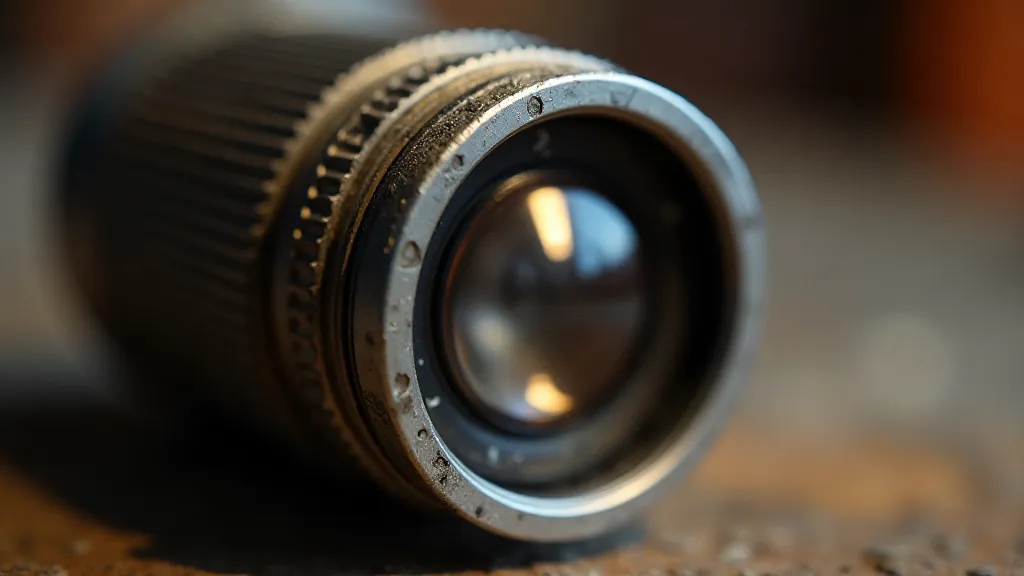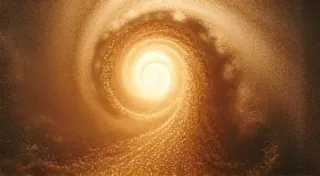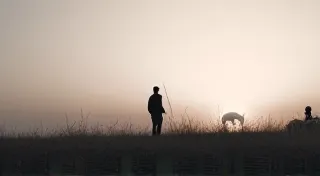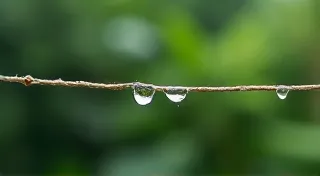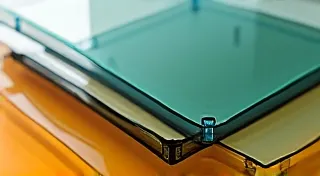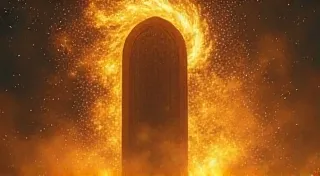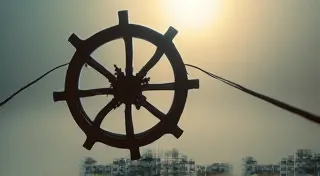The Dust of Time: Finding Truth in Photographic Decay
There's a profound sadness, a poignant beauty, in the decay of things. It’s not a bleak emptiness, but a quiet revelation. It speaks of lives lived, moments captured, and the inevitable march of time. Nowhere is this more acutely felt than when examining vintage photographs and, by extension, the viewfinders that framed those fleeting scenes. My fascination with these antique cameras began not with a desire to create, but to preserve – to hold onto fragments of a past rapidly slipping away.
I remember finding my first vintage camera, a Kodak Brownie Six-20, in a dusty antique shop. It wasn't particularly valuable, but something about it captivated me. The worn leatherette, the tarnished brass fittings, the slightly warped lens – they whispered stories of picnics, family vacations, and forgotten faces. Examining the viewfinder, a small rectangular window onto a world seen through a bygone era, felt like holding a secret. The image it offered wasn't pristine and perfect; it was softened by years of dust and grime, tinged with the amber glow of time. It wasn't just a viewfinder; it was a portal.
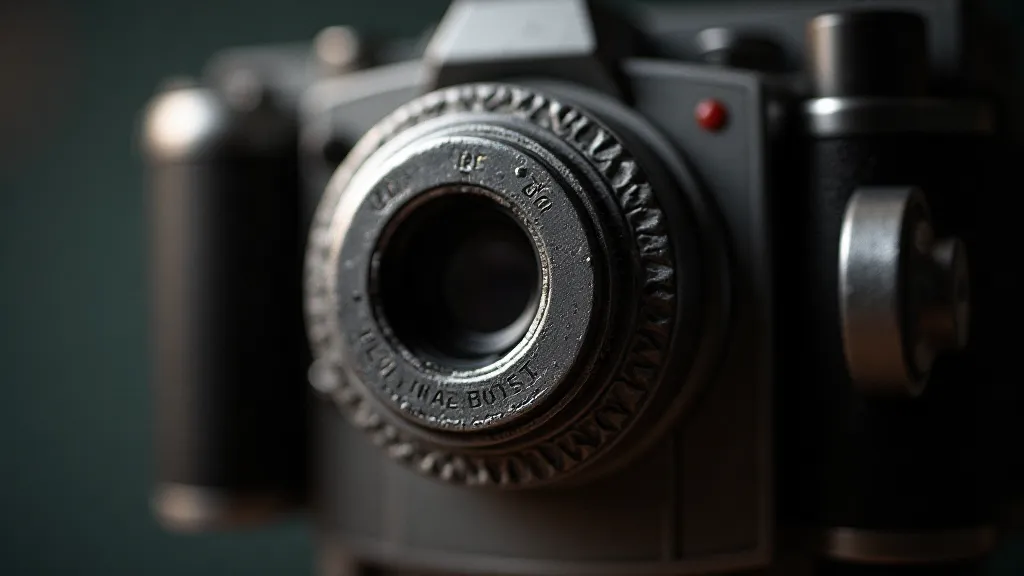
More Than Just Optics: Craftsmanship and Memory
The craftsmanship involved in these early cameras and their viewfinders is astonishing. Each component, from the precisely machined gears to the painstakingly stitched leather bellows, speaks of a dedication to quality that feels almost alien in our age of mass production. These weren't disposable objects; they were intended to last a lifetime, and often did. The viewfinders, often overlooked, were integral to this. They weren't just rectangular frames; many incorporated split image rangefinders for precise focusing, or offered brightness enhancers to aid in composing shots in challenging light conditions. They were an active part of the photographic process, a direct link between the photographer and the scene before them.
Consider the evolution of these viewfinders. Early designs were often simple, direct windows onto the lens. As camera technology advanced, so too did the complexity of the viewfinder. Brightness boosters, parallax correction lines, and even miniature focusing screens were incorporated. Each refinement represented an attempt to improve the photographer's experience, to help them capture the world with greater accuracy and artistry. The degradation we see today—the faded coatings, the cracked glass, the cloudy optics—only serves to highlight the ingenuity of the original design.
The Poetry of Imperfection
The degradation isn’s an insult; it’s a testament. A well-preserved camera, while appealing, lacks the resonance of one bearing the marks of time. The dust, the scratches, the faded lettering—they aren't flaws; they're stories etched onto the surface of the object. They hint at the hands that held it, the places it has been, the moments it has witnessed. When I began restoring vintage viewfinders, my initial focus was on bringing them back to a state of pristine functionality. However, I quickly realized that in attempting to erase the patina of age, I was also erasing a vital part of their history. A perfectly clean viewfinder, while optically superior, lacks the soul of one that has lived a life.
Think about how writers strive for a similar effect in prose. A perfectly polished sentence, devoid of any perceived imperfection, can feel sterile and lifeless. It’s the unexpected comma, the slightly awkward phrasing, the subtle hint of vulnerability—these are the elements that give writing character and authenticity. Similarly, in photographic restoration, embracing the imperfections—the subtle scratches that catch the light, the faint discoloration that hints at a bygone era—can enhance the overall aesthetic and emotional impact.

The Gentle Art of Preservation
Restoring a vintage viewfinder is a delicate process. It's not about returning it to a factory-fresh state; it's about stabilizing its condition and preserving its character. Cleaning requires careful attention to detail, using specialized solvents and tools to remove dirt and grime without damaging the delicate optics. Collapsed bellows are often painstakingly repaired, and cracked glass is replaced with precision-cut replacements. Sometimes, the best course of action is simply to stabilize the existing condition, protecting it from further deterioration.
The process is a meditative one, demanding patience and a deep respect for the object’s history. As I work, I often find myself imagining the photographer who once peered through that same viewfinder, framing their world in a very different light. What did they see? What stories did they capture? The viewfinder becomes more than just an optical component; it becomes a conduit to a lost era, a tangible link to the past.
Finding Truth in the Grain
The beauty of vintage photography isn't found in the sharpness of the image, but in the grain, the imperfections, the very things that we often strive to eliminate in modern digital photography. The dust of time isn’t an obstacle to overcome; it’s an integral part of the story. It’s a reminder that nothing lasts forever, that even the most cherished memories are fleeting and fragile. And yet, in embracing those imperfections, we can find a deeper appreciation for the beauty of the present moment, and a profound connection to the past.
My collection of antique cameras and viewfinders isn't just a hobby; it's a way of engaging with history, of preserving a tangible connection to the past. It's a reminder that the most valuable things in life are often the most fragile, and that the most beautiful stories are often the ones that are etched in the grain of time. To gaze through a vintage viewfinder is not merely to see; it’s to remember.
